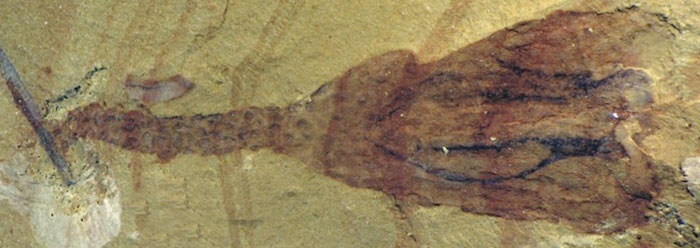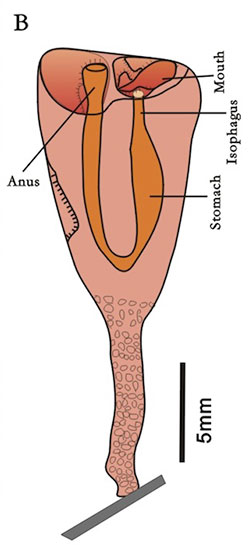Fossil Gaps 7
In a published interview, Dr. Niles Eldredge, an invertebrate paleontologist at the American Museum of Natural History, stated:
“But the smooth transition from one form of life to another which is implied in the theory is...not borne out by the facts. The search for “missing links” between various living creatures, like humans and apes, is probably fruitless...because they probably never existed as distinct transitional types...But no one has yet found any evidence of such transitional creatures. This oddity has been attributed to gaps in the fossil record which gradualists expected to fill when rock strata of the proper age had been found. In the last decade, however, geologists have found rock layers of all divisions of the last 500 million years and no transitional forms were contained in them. If it is not the fossil record which is incomplete then it must be the theory.”“Missing, Believed Nonexistent,” Manchester Guardian (The Washington Post Weekly), Vol. 119, No. 22, 26 November 1978, p. 1.
[http://www.creationscience.com/onlinebook/LifeSciences27.html]


